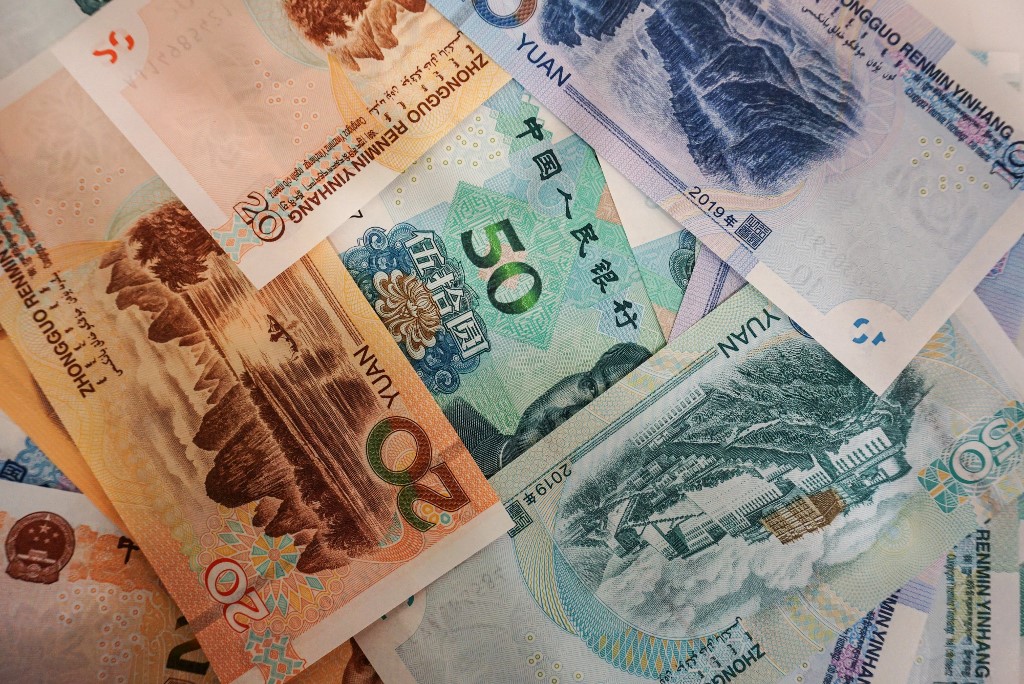(ATF) The People’s Bank of China (PBoC) set central parity for the yuan (CNY) at 6.9980 to the US dollar on Monday morning. That was down from Friday’s 6.9848 and proved a poor predictor of the currency’s movement during the trading day.
By early afternoon HK time, CNY traded at 6.9721, it’s strongest level since March 11 this year before the Covid-19 really hit hard.
Currently (7pm) after the equities markets’ close, it’s retracing somewhat and stands at 6.9855.
The principal reason for the yuan’s rise to pre-crisis levels is what I’ve been highlighting for two months: the vast discrepancy between the Chinese and American ability to cope with the Covid pandemic and the performance of the two economies.
This was underlined again today when the private-sector-focussed Caixin Manufacturing PMI for July came in at 52.8 (up from June’s 51.2), its highest level since January 2011 (!) and featuring stronger than expected readings for output and new orders.
The Caixin PMI is compiled by London-based data analytics firm IHS Markit Ltd and polls a larger proportion of private and mid-size companies than the official PMI, which focuses on big firms and state-owned enterprises. The official PMI, released last Friday, came in at 51.1 after June’s 50.9.
Will the Chinese economy be able to sustain the pace demonstrated in the second quarter and in July?
Troubling signal
The one most serious troubling signal is the decline in the export orders subindex in the Caixin PMI.
While China has massively shifted to domestic from external demand as its main growth driver, export performance remains a critical element. Recovery in the rest of the world, notably Europe and the US, will be required for the Chinese economy to return to pre-crisis growth performance.
As the yuan rose today, the US dollar (on the dollar index DXY) also registered some modest gains, from 93.4510 at the open to 93.7690 at 7:30pm.
I see no basis here for a turnaround from the 10% in losses since May and would continue to recommend gold or Chinese tech stocks as a hedge against further dollar declines.
























